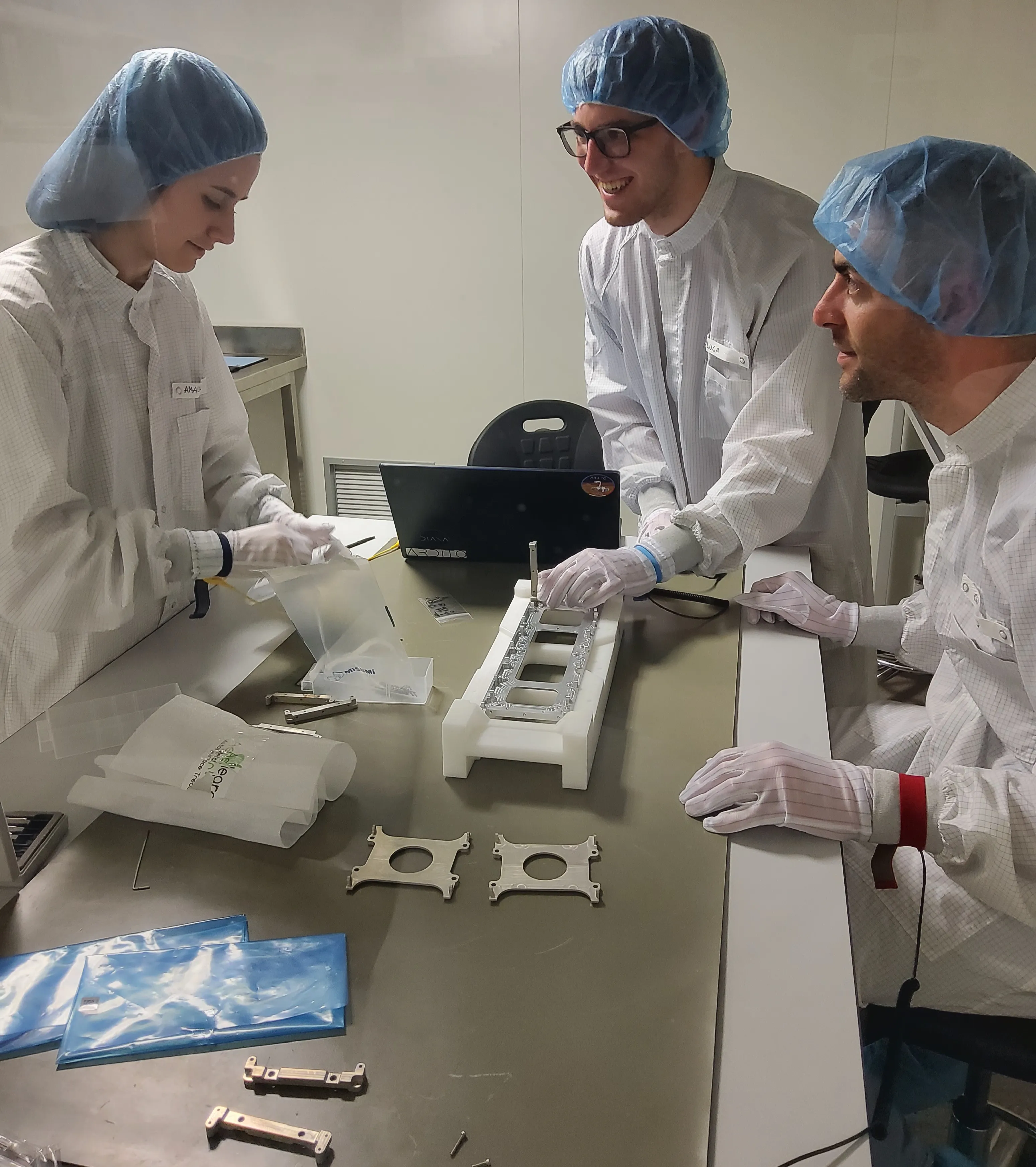
CNA Staff, Jun 26, 2024 / 11:00 am (CNA).
A Tennessee law preventing minors from receiving cross-sex hormones and puberty blockers is necessary to protect children, a policy expert told EWTN News this week after the Supreme Court agreed to hear a case over the statute later this year.
The high court will review the 2023 Tennessee law that banned cross-sex hormones and puberty blockers for gender-confused minors and increased the statute of limitations for minors harmed by surgeries or hormones. Set to be heard in the fall, the case may impact laws across the nation.
Policy expert Mary Rice Hasson told “EWTN News Nightly” anchor Tracy Sabol on Tuesday that she thinks the case “could be a great opportunity.”
Hasson, the Kate O’Beirne Senior Fellow at the Ethics and Public Policy Center in Washington, D.C., co-founded and directs the Person and Identity Project, an organization that offers resources to help parents, churches, and teachers navigate gender ideology issues.
She has also testified on parents’ rights and transgender issues before the U.S. Senate.
“Tennessee was hoping that the court was going to leave the 6th Circuit decision intact, which is favorable to Tennessee and to the rights of those states that have really sought to enact laws to protect minors from the serious consequences of these many irreversible consequences of so-called gender transition interventions,” Hasson told Sabol on Tuesday.
“But this is a good opportunity because I think we’re clearly in the right here and children need to be protected,” she said. “So, let’s hope that the Supreme Court does the right thing here.”
Tennessee and 24 other U.S. states have recently moved to forbid minors from accessing extremist, often irreversible transgender procedures. Meanwhile, states including Illinois, Colorado, and Minnesota have passed bills protecting “transgender care.”
The Biden administration is challenging the Tennessee law, arguing that it is sex-based discrimination.
“Their claim is that this law is not about child protection but rather is a targeting of children who identify as transgender or gender diverse and are seeking so-called gender transition procedures,” Hasson said this week.
“But really, if you look even at the text of the law, the law is prohibiting minors — all minors, not one sex versus another, but all minors — from receiving puberty blockers, hormones, or surgery for transition purposes,” she said.
“There are known risks that can be permanent, and there are many unknown risks,” she said of the surgeries and hormones. “The Biden administration is simply trying to do a misdirection here to say, ‘No, this is some discriminatory action towards children who identify a certain way.’”
“But that’s not the way the law is written, and that’s not how the 6th Circuit saw the case.”
When asked about the impact of the law, Hasson said she thinks it will be “far-reaching either way it goes.”
“But the concern here is because the question presented is limited to the equal protection analysis, that really drills down to the heart of the matter,” she explained. “So, we are going to see those on the left who are trying to elevate transgender identification into its own protected classification. They are going to be pulling out all the stops and making their best arguments.”
Hasson said it is “an even-handed law” that “doesn’t single out anyone.”
“The Constitution is very clear: States have the power to enact laws that are designed to protect children,” she noted.
When asked what is at stake, Hasson noted that the Tennessee law extended the statute of limitations for those who were harmed by transgender procedures, giving victims the right to sue for 30 years after they reach 18.
“One of the things we’ve seen with young people who have gone through these gender transition procedures, they, and often their parents, really didn’t understand the risks — they weren’t explained well,” she said.
“And it’s not sometimes until they’re of age or mid-20s, even, that they begin to realize what has been done to them.”
The extended statute of limitations “allows for that growth and maturity and that chance to recognize the real harm that’s been done,” Hasson noted.
“And that’s a powerful thing,” she continued. “That will be a disincentive in itself. So, I hope that the court will do the right thing. The law certainly supports the 6th Circuit decision, and we will see where things land.”
If you value the news and views Catholic World Report provides, please consider donating to support our efforts. Your contribution will help us continue to make CWR available to all readers worldwide for free, without a subscription. Thank you for your generosity!
Click here for more information on donating to CWR. Click here to sign up for our newsletter.








“The Biden administration is challenging the Tennessee law, arguing that it is sex-based discrimination.”
Denying the essence of being, in essence, a son or daughter, brother or sister, husband or wife, father or mother is sex based discrimination , thus it is not possible that refusing to affirm discriminating against being in essence, a son or daughter, brother or sister, husband or wife, father or mother , could possibly be “sex based discrimination”.
With Thanks and Gratitude to Mary Rice Hasson for all she does to protect our beloved innocent sons and daughters🙏💕🌹